Did you know that the day after Valentine’s Day is nationally known as Singles Awareness Day in the US? So let’s focus on one of the important facets of self-love: Skincare.
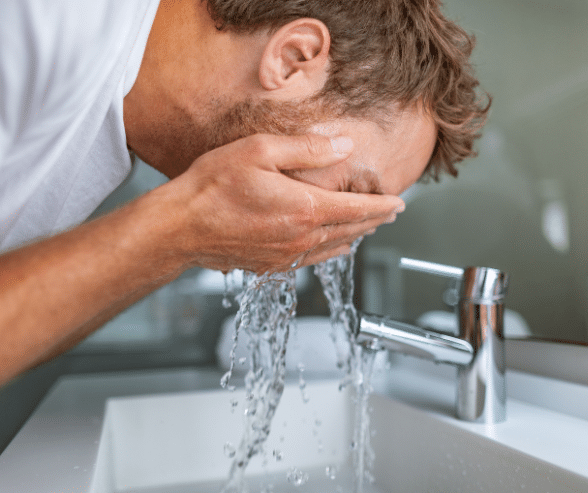
Are you completely new to skincare and at a loss as to where to begin? There is so much out there to read and discover on this topic that it quickly becomes overwhelming. It’s tricky to sort through all the misinformation and misleading sales and marketing BS. Especially if you’ve never started a basic routine before and have no idea whether you even need one. And with no agenda other than keeping my own personal record of what I’ve learned so far, I’m happy to share my knowledge with you.
So do you need a skincare routine? To answer that, let’s start with the basics.
The Basics
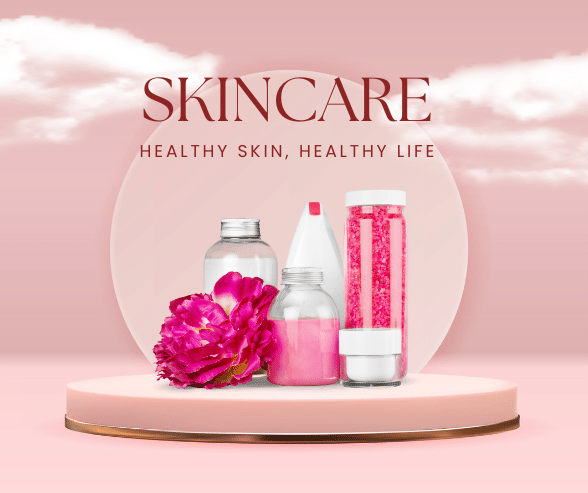
What is skincare even for? What is the purpose of applying all these products to your face day in and day out? That depends on your goals, but there are a few basic reasons why people do it:
- To guard against skin cancer
- To keep your face feeling fresh, clean, and healthy
- To prevent/delay signs of aging
- To address specific needs (i.e., acne, rosacea, etc.)
Which of these are your goals (and that could be one or even all of them) will determine what and how many products you need to use.
Sun Protection
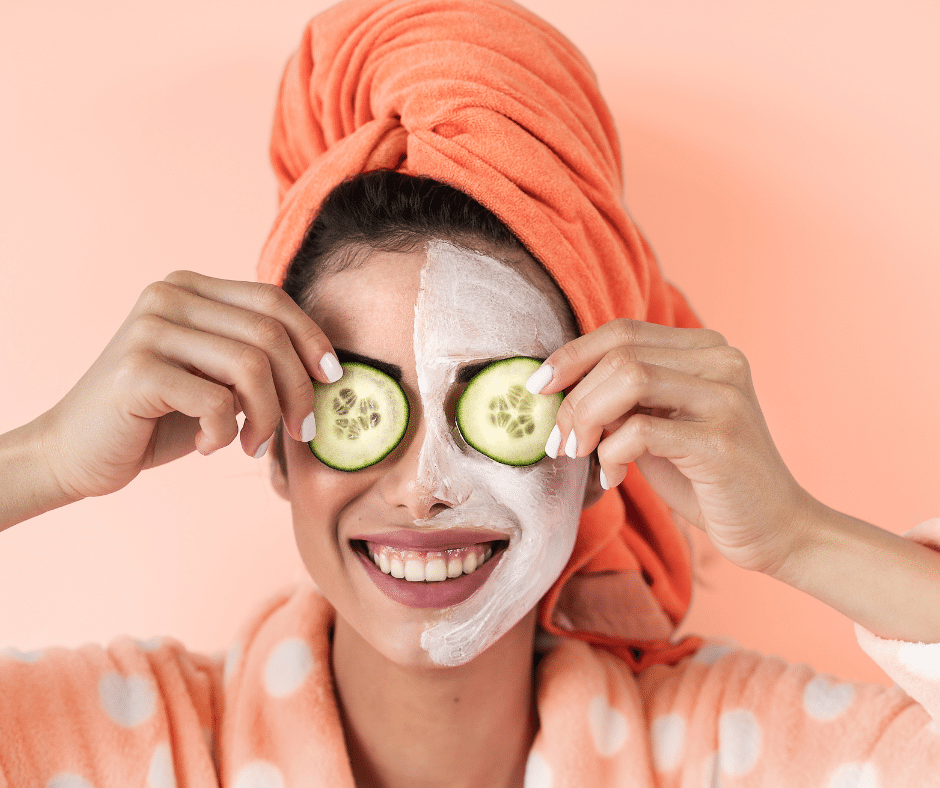
So if you’re wondering whether you need a routine, the simple answer is YES. Everyone needs a routine that at the very least accomplishes number one. And that routine is as simple as finding a good sunscreen and applying that every morning, without fail. The sun is a beast. It’ll get you no matter whether you’re in or outside, whether it’s bright and clear or storming, whether it’s hot or cold that day. If it isn’t completely dark outside, the sun is working on you.
So if that’s all you care about, and you aren’t interested in numbers 2-4 above, that’s it. You’re done.
Clean and Healthy Skin
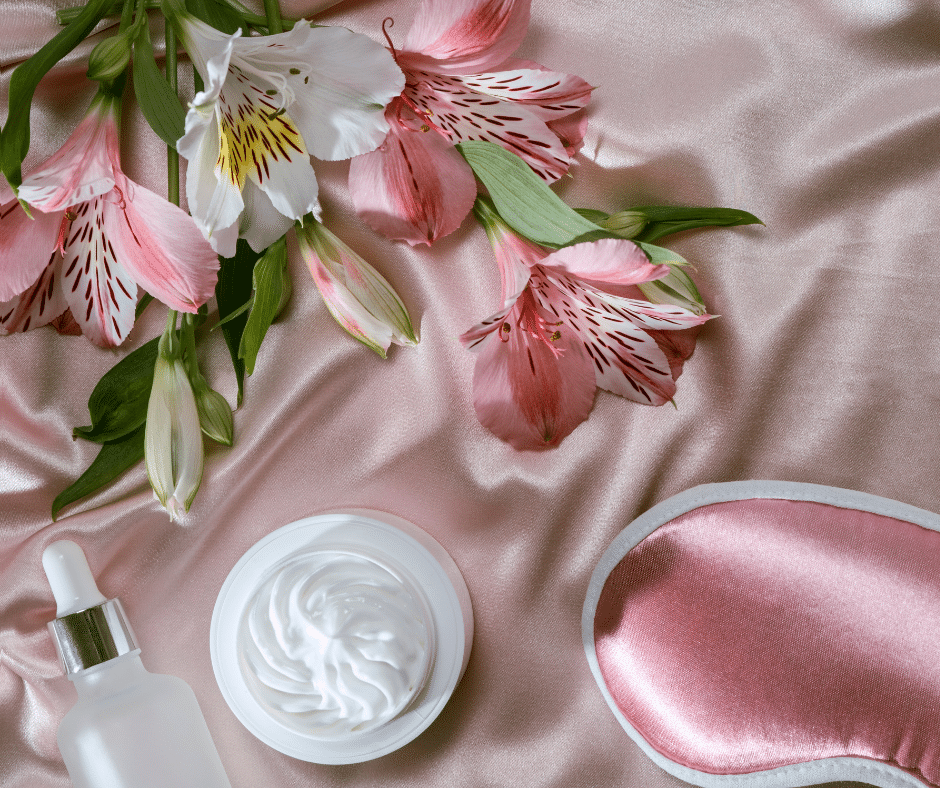
Most people want just a little bit more than #1 on that list, though. And don’t worry if you’re overwhelmed. If your concern is just keeping your skin feeling healthy, fresh, and clean, your routine can still be as simple as only three products, including the sunscreen you just selected. Oceans of lotions and potions not required.
A very basic skincare routine involves just three things: Cleansing, moisturizing, and sunscreen, in that order. (You can skip the sunscreen at night, though.)
A good, gentle cleanser will remove the dirt and oils from your face that you’ve accumulated during the day. (Some people, particularly those who have been wearing their sunscreen and any makeup during the day, also “double-cleanse”. You may have spotted this term in the wild. It involves beginning your routine with an additional, oil-based cleanser, then using a regular cleanser to remove all the dirt. So, four products in all.)
A moisturizer is meant to restore moisture to your face after you have cleansed it, which can be very drying.
And we have already discussed sunscreen, which should be the final step in your morning routine, after your cleanser and moisturizer. Some sunscreens are actually so moisturizing by themselves that you can even skip your morning moisturizer and let the sunscreen do double-duty.
Anti-Aging
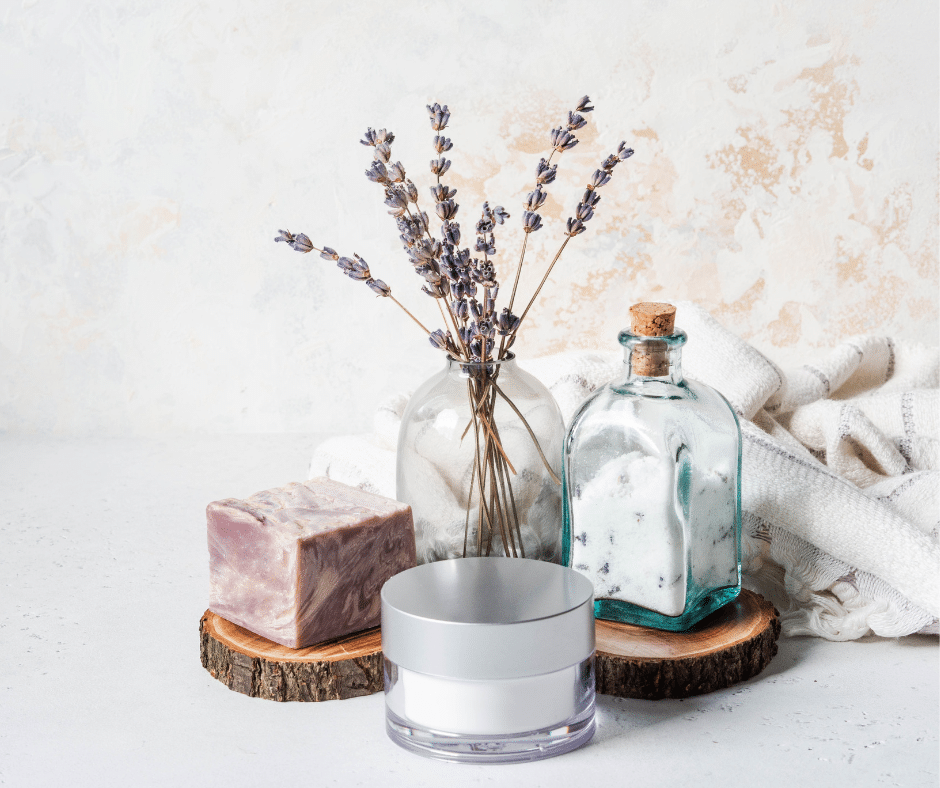
The biggest and most important step to preventing photoaging on your skin is using your sunscreen–typically, the highest SPF you can get. (If you are concerned about not getting a tan this way, don’t worry; the sun is an extremely powerful object. You can only do so much to protect yourself from it. And that’s why you should use the most powerful SPF you can find.)
One thing I often notice when people are seeking the right sunscreen for their face is a lot of obnoxious answers along the lines of, “Whichever one you will use daily.” Obviously, this isn’t helpful if you don’t know which one is right for you to use daily. So here are some things to consider:
- Do you want a mineral or chemical sunscreen? Both will protect you from the sun, neither is healthier or better for you, both can offer slightly different benefits. If your skin is very sensitive, there is some evidence that mineral will be better for you. So I stick to that, myself.
- Do you need your sunscreen to be waterproof? I live in Florida and tend to sweat a lot. So if I’m depending on this to protect me from the sun, being waterproof is an absolute must! But if that isn’t an issue for you and you only need waterproof if you’re going swimming, you can still use something else for your day-to-day.
- Are you trying to avoid a white cast on your face? People seem to have better luck with chemical sunscreens for that. Although there are definitely mineral ones that offer this, too.
- Do you want a matte or glossy finish on your face? Be sure to check reviews and product descriptions to find out about the finish.
After this, it may take some trial and error before you’ve found exactly the right one and are happy with it. Don’t give up! As we’ve already noted, sunscreen is the #1 most important product you can put on your face. And everyone needs it.
And then there’s Tretinoin. I haven’t started using it yet and can’t speak personally to the efficacy of it. So I’ll let the experts speak for me. All I can say for sure is that in skincare groups, after sunscreen, this is widely considered the Holy Grail of age prevention.
Additional Needs
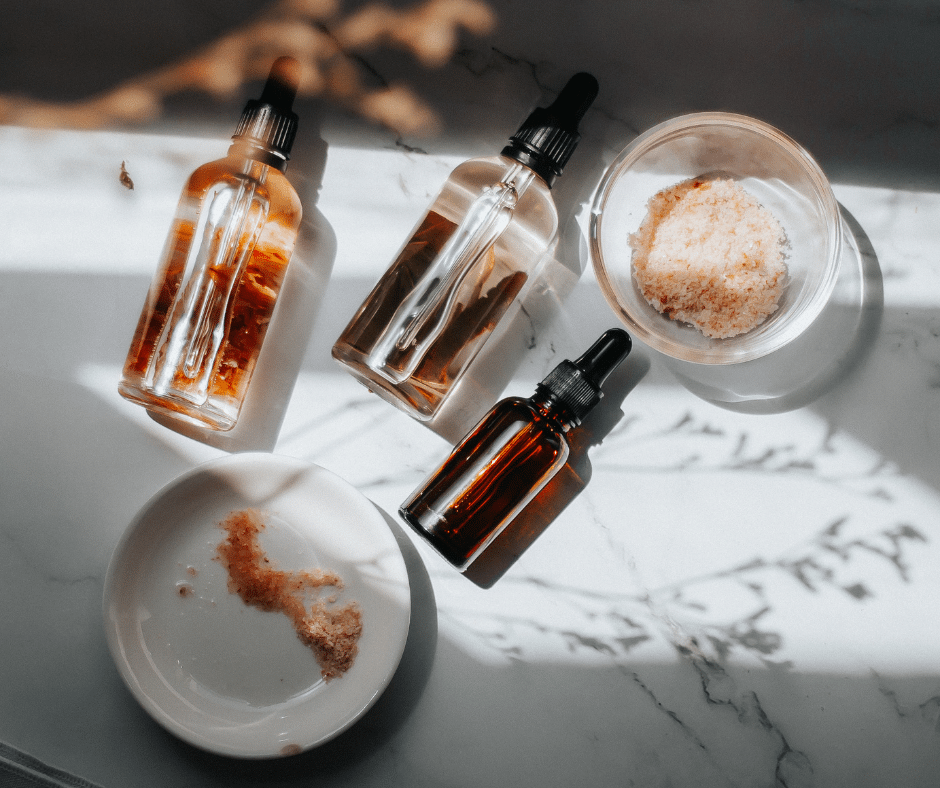
Beyond what is listed above, you may have additional needs for your skin. Maybe you are dealing with acne, rosacea, excessively dry or oily skin, etc. This is only intended as a general introduction to the uses of skincare. It’s always a good idea to discuss any products or your specific skin issues with your doctor.
My Current Routine
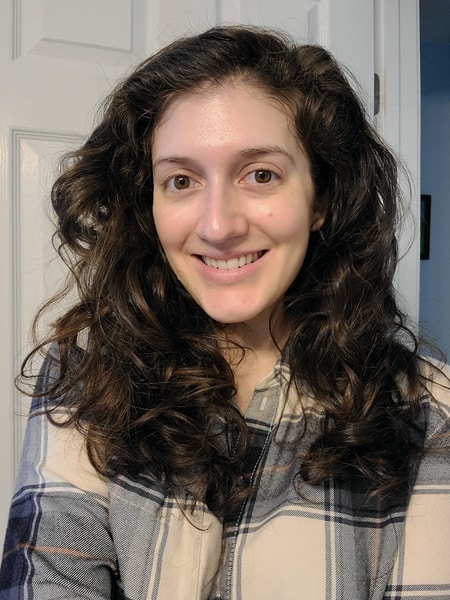
It has taken a lot of trial and error to find a good routine for my face. (I wish I’d had a simple guide like this when I’d first started out!) I had been using the wrong sunscreen every day for about 20 years (it wasn’t made for faces and left me with a horrible white cast), and literally no other products. Here’s what I do now for my sensitive, combo-dry, aging skin:
AM:
- VITAMIN C (every 3 days): Skin Actives Vitamin C Serum 20%
- HYDRATOR 1: Cezanne High Moist Skin Conditioner
- HYDRATOR 2: Rovectin Aqua Hyaluronic Essence
- ANTIOXIDANTS: Skin Actives Antioxidant Serum
- SERUM: Stratia Rewind
- SUNSCREEN: Skin Aqua UV Super Moist Gel
PM:
- CLEANSING OIL: Kose Softymo Speedy Cleansing Oil
- CLEANSER: Rovectin Skin Essentials Conditioning Cleanser
- HYDRATOR 1: Cezanne High Moist Skin Conditioner
- HYDRATOR 2: Rovectin Aqua Hyaluronic Essence
- SERUM: Stratia Rewind
- MOISTURIZER 1: Stratia Lipid Gold
- MOISTURIZER 2: Celimax Dual Barrier Skin Wearable Cream
- LIP BALM: Malin & Goetz Lip Moisturizer OR Mojito Lip Balm (I use both interchangeably.)
As you can see, I am skipping cleansing products in the mornings. It isn’t strictly necessary, and too much cleansing can be too drying depending on your skin type and irritates my face. I simply rinse with warm water before applying my other products. I also skip moisturizer in the mornings, as my sunscreen is moisturizing enough.
Right now these products are working perfectly for me for the basics (health and skin barrier maintenance). But when I do start Tretinoin, I may need to up my game slightly. I am considering a non-foaming gel cleanser in place of the Rovectin (Geek & Gorgeous Jelly Joker). When I start using Tretinoin, I may use the sandwich method (moisturizer, Tretinoin, moisturizer or Aquaphor).
A special shout-out to Malin & Goetz. If you don’t have naturally dry lips, you probably don’t need to use this. But if you’re like me and your lips have been chronically dry all your life, you get bits flaking off, you can never find the right balm…give this a try. This solved all of those problems for me. I simply apply at night (it goes on like a thick, fluffy cloud of gel), and in the morning, my lips are soft and plump. I would highly, highly recommend this for both women and men with dry lips. (Even if it takes the men some getting used to at first.) It took maybe three of four days the first time I used it before my problems were gone completely. And now my lips never bother me at all unless I miss a few nights of applying. Also, I now see that they have an SPF balm. So I’m going to start using that in the mornings now that I know it exists.
Also note: I have added both hydrators and serums to my routine for added benefits. But you could get by with literally just the cleanser (maybe along with the oil-based cleanser), moisturizer, and sunscreen. I also just added the additional, richer moisturizer (the Stratia Lipid Gold) to my routine for the benefit of its higher concentration of ceramides, but this isn’t strictly necessary, either. You can get by with just one.
Testing Products
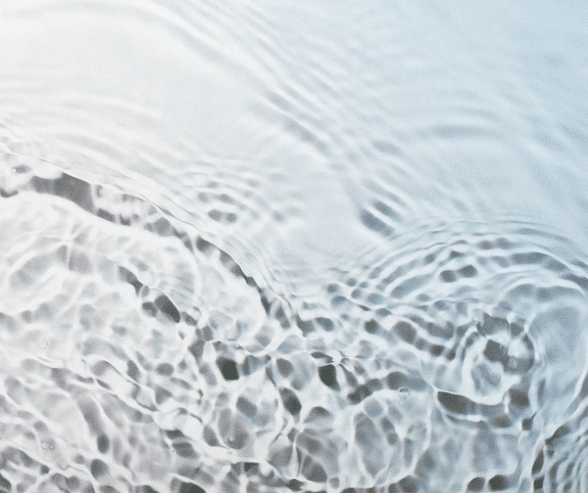
A note about testing. To help avoid allergic reactions or any other kind of issue with the skin on your face, always test your products on some other small patch of your body first. Most people suggest your inner arm or wrist.
Don’t just rub the product into one spot one time and forget about it. Take a good week of testing on that spot daily. Some skin issues take time to show up. You’ll want to apply the same amount of product in the same way to that spot as you would on your face, and then either leave it to soak in or rinse off as you would that particular product on your face.
Once you have tested for a week with no issues, then begin applying it to your face. Do this for one month for each product. If any issues occur, you’ll need to stop applying everything and add them back one at a time until you figure out what caused the issue! You don’t want to have to do this. Adding them one at a time and testing for a month will help you determine which product is causing your issue so you don’t have to keep starting over and eliminating things.
To save time, you can patch-test multiple products on your arms at once. Just be sure to remember where you put what!
A Warning
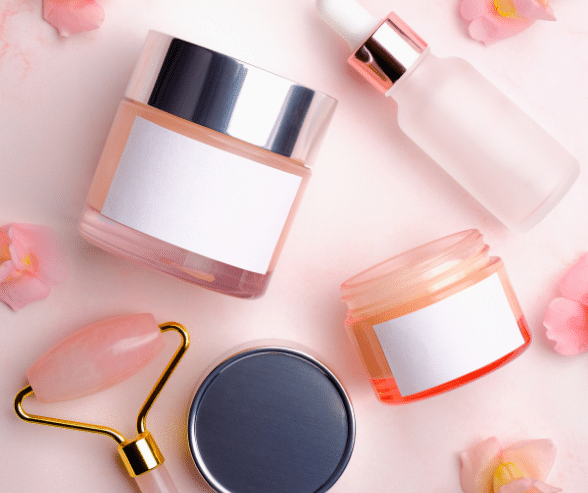
When you’re buying skincare products, be careful ordering from Amazon. In fact, I would avoid this at all costs. A lot of people end up with fake/counterfeit products from there. I would always recommend ordering straight from the maker’s website if at all possible. If not possible, there are other tried and true places you can look, such as YesStyle and Stylevana.
Resources
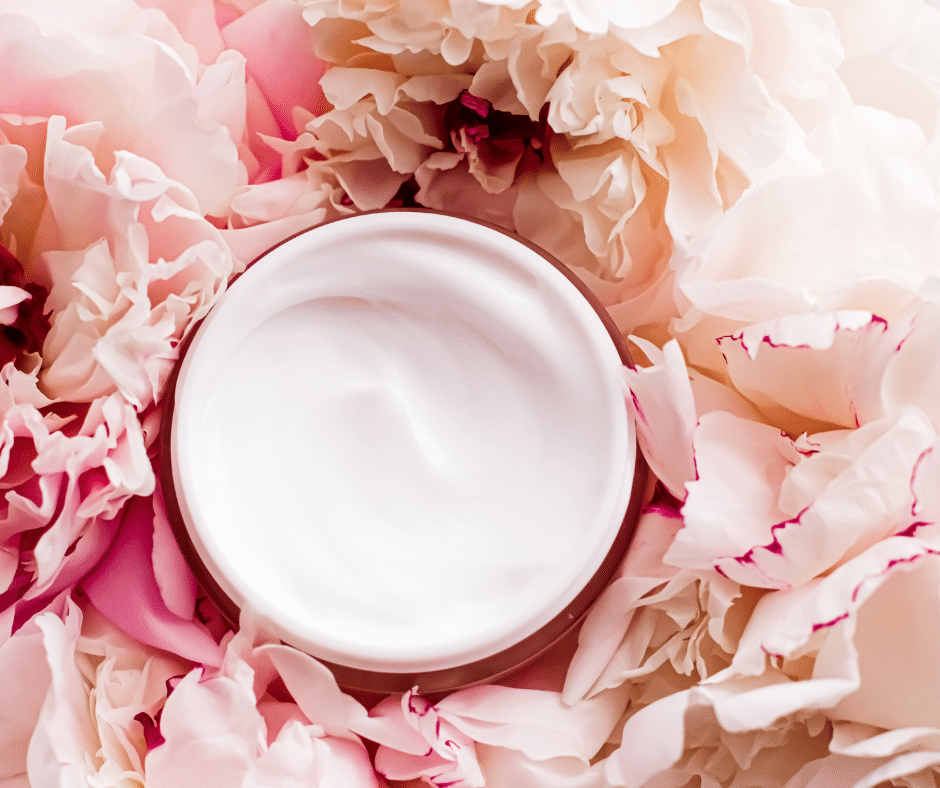
Nearly all of my knowledge has come from Mira Aguirre and her various groups. Mira is a self-proclaimed “skincare enthusiast, science nerd, and obsessive researcher” who is constantly testing new products. She believes that skincare is a science, and treats it as such. She works to debunk misinformation from marketers and to ensure that her content is backed by evidence. If you want to cut through all the BS and lies that are out there, I strongly suggest following Mira and all of her helpful guides. She also volunteers time and information for free, both out of the goodness of her heart, and because she is passionate about it. Here is where you can follow her:
- Mira’s website
- Her Facebook group
- Her Instagram
You can also take a quick test to determine your skin type to help with finding products that are right for you. I’m either a type 4 (DSNW – Dry | Sensitive | Non-Pigmented | Wrinkle-Prone) or type 8 (OSNW – Oily | Sensitive | Non-Pigmented | Wrinkle-Prone), as I lost my results and had to take it a second time. I think the disparity between the dry and oily results I got on separate occasions may have something to do with me having combination skin. So the products I use may work for you if you are one of these types, but I would suggest looking at some of the sample routines in Mira’s Facebook group and going from there.
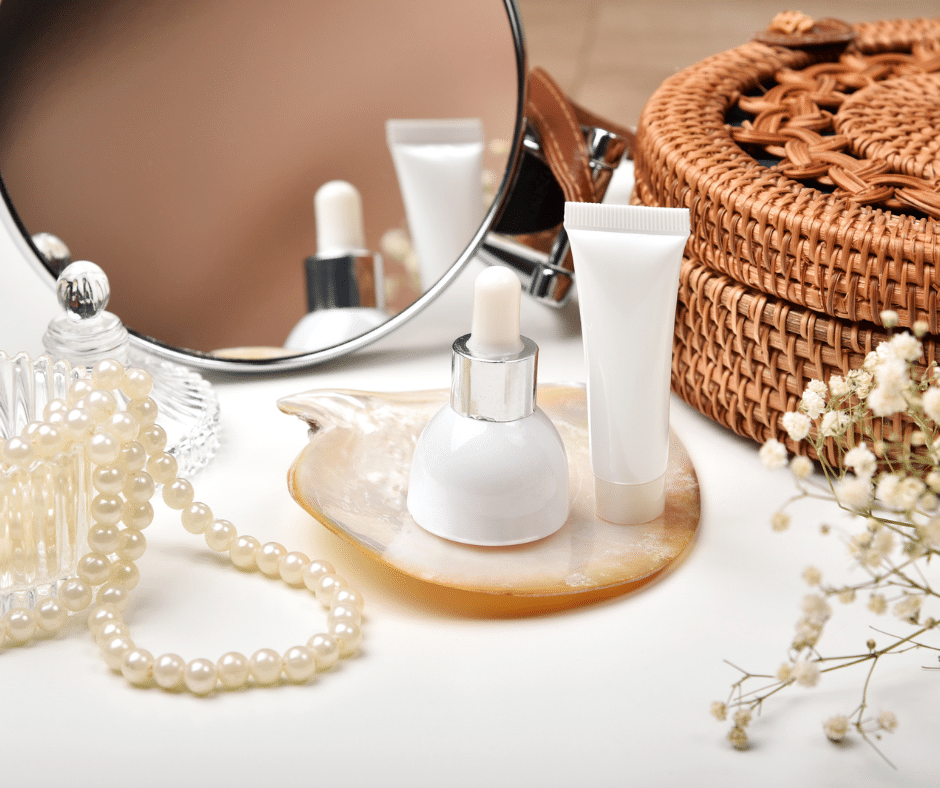
Leave a Reply